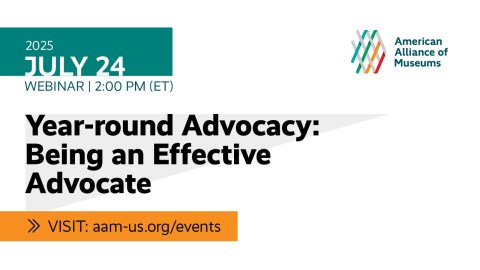Drawing on Watson’s ability to understand natural language (e.g., plain English, as opposed to specific commands or computer codes), to mine huge amounts of information on the web and make connections, the program can serve as a free-floating “customer service representative,” offering advice and recommendations on things a user may not have even specifically asked about. In the video, the customer is Emily, a recent college graduate who will start a new job in two weeks and is shopping for her own mobile phone plan. Watson notices her hesitation about which to choose, and jumps in to give advice. In addition to answering specific questions, Watson raises relevant points Emily has not thought to ask about yet. As the video says, cognitive customer computing is about “how to engage with people, and how to exceed their expectations, quickly”
The analog equivalent of such a “museum learning agent” already exists. For example, in the Yerba Buena Center for the Arts’ YBCA:You program enrollees get to “create and refine [their] own personal art goals with the YBCA:You staff” and “receive biweekly communications and recommendations about upcoming programs and exclusive YBCA:You events.” “Of course” the program FAQs go on to say, “YBCA:You program staff are always available and eager to talk with you!” It would be great to have a personal art mentor, kind of a self-directed learning thesis adviser. But there are only so many staff in any museums “available to talk to you.” How can museums scale up an experience like that, and make it available to as many people as possible? How can we apply “mass personalization” to mentoring?
Seems to me Watson could help answer the challenge of scale, supplementing and assisting human expertise by playing matchmaker between museum resources and potential users. Think about how Watson could build on what museums already do. When the Walker Art Center launched a new web site in 2011, the site was hailed as a “gamechanger” and a “paradigm shift”because it provided information not just about the museum, but about art and artists generally. The website positioned the Walker to be a community hub at the “center of the conversation that the their mission is about.” Essentially it positioned the museum to be a mentor for web users, rather than just servicing visitors. What if Watson kept a virtual eye on the Walker web site (eventually, on every museum web site) watching the behavior of visitors to the site and intuiting when they might need more help. It could step in and offer advice, such as personalized recommendations about programs, exhibits and links to other resources. It could become, in effect, a personal museum mentor to the web user, and help them find the digital and physical resources that meet their needs.
This scenario doesn’t take humans out of the equation—notice that in the video Watson hands Emily off to a “real” person once she is close to making a decision. But as an assistive Artificial Intelligence, helping museum staff do their work, Watson could enable museums to have the reach and scale the Michael Edson has encouraged us to embrace, while deepening the relationship between museums and digital visitors.
In the future, maybe customer service Watson will be assisting museums to interface with our growing cadre of people taking advantage of our resources, and “initiating a relationship [the museum] hopes will last a lifetime.”
Elizabeth Merritt










Interesting post.. at a recent Museums and the Web conference we had special session on Email Archiving in Art Museums and Neal Fishman, a scientist who work on natural language processing at IBM with the Watson team talked about deep mining email archives to do the kinds of research that currently happens in paper archives. http://mw2014.museumsandtheweb.com/museums-and-the-web-deep-dive-assessing-tools-and-best-practices-for-email-preservation-and-access-in-art-museums/